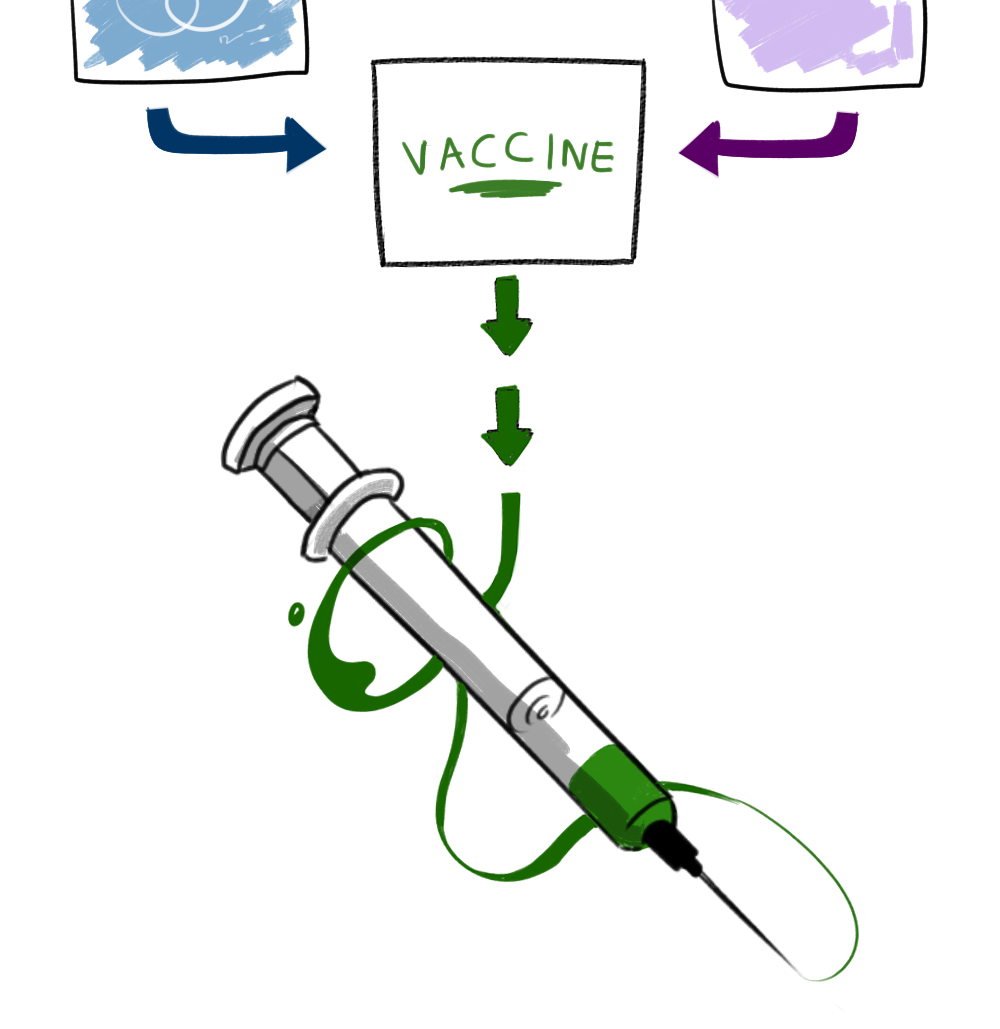
Yale researchers have discovered that the most effective way to distribute a vaccine for Respiratory Syncytial Virus is to vaccinate children under five.
RSV is the most common cause of infant hospitalization in the US and is responsible for 10,000 deaths annually among the elderly, according to the study. The researchers analyzed two sets of data about different age groups’ viral loads, which measures the amount of the virus present, and concluded that vaccinating children was not only the most effective technique in reducing the number of children affected with RSV — it was also the most effective way to reduce the number of total people affected with the virus, including the elderly.
“Regardless of the setting, regardless of the state, what we learned was that the targeting of children is going to be highly beneficial not only for the children themselves but also for the elderly,” said Dan Yamin, a professor at Tel Aviv University and the study’s first author.
The two main factors analyzed for this model were social behavior and the viral load of each individual, as well as the role of these factors in transmission of RSV. Yamin said that it was important to consider both of these measures because while high viral load within an individual often means that individual is more likely to infect others, it can also mean the person is more likely to stay home, which would be a change in social behavior.
The study found that children under the age of five had the highest risk of becoming infected as well as the highest risk of transmitting the virus once infected. By targeting children between the ages of six months and five years, the vaccines would likely avert 10 percent to 50 percent of all cases in this age group as well as 10 percent to 40 percent of all cases among adults of age 50 and above — the next most susceptible age group to contracting RSV.
“This indirect protection that arises from vaccinating children is so substantial that it is even predicted to avert more cases in adults than would a vaccination program that directly targeted the adults,” the study reported.
While children under five were the most likely to transmit the virus once infected, individuals 50 and older were found to be least likely to cause transmission outside of their age group.
The study concluded that vaccinating the elderly would therefore have very little effect on reducing the spread of RSV. While each vaccination of a child was predicted to avert 12 percent to 35 percent of cases in children and 3 percent to 7 percent of cases in adults, the vaccination of an adult was predicted to avert only 0.01 percent to 0.14 percent of cases in children and 0.36 percent to 0.86 percent of cases in adults.
“If you target the elderly, or the adults… above the age of 50, it is not going to be as effective, even for the elderly themselves,” said Yamin. “For the benefit of the children and for the benefit of the adults, it is better that we target the children.”
The study also looked at four different states across the country in order to consider the way that different states would be affected by different vaccination techniques. Because the RSV vaccine will most likely be distributed at the same time as the influenza vaccine — and different states have different flu seasons and RSV seasons which may not overlap — it is possible that those who are vaccinated may not be vaccinated during the right times.
Additionally, according to Yamin, states’ differing demographics could cause the model to misrepresent the effect of vaccination on different groups. Still, across all four states in this study, the results were conclusive that vaccinating children was the most effective way to reduce the overall number of RSV cases for all age groups.
“I would say that no one should be surprised [about these results] because that is what we do for other viral diseases,” said Janet Englund, a professor of Pediatrics at the University of Washington School of Medicine who was not associated with this study.
Englund added that the results from this study reflected similar vaccination procedures for other diseases, such as rotavirus, as doctors also target young children for vaccination.
However, Englund added that while this model may be the goal, currently there are no RSV vaccines ready for use. Additionally, most ongoing testing of vaccines in clinical trials does not target children under five.
“We really need to have a vaccine that we are going to use and evaluate it in order to be able to apply it to this modeling. This is a great attempt at trying to study things in advance,” said Englund.
According to the CDC, those infected with RSV tend to recover within one to two weeks, although young children are contagious for up to three weeks.







